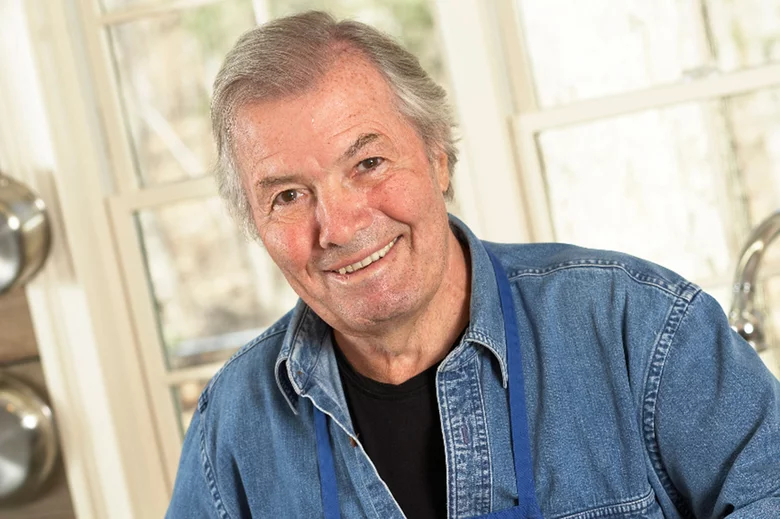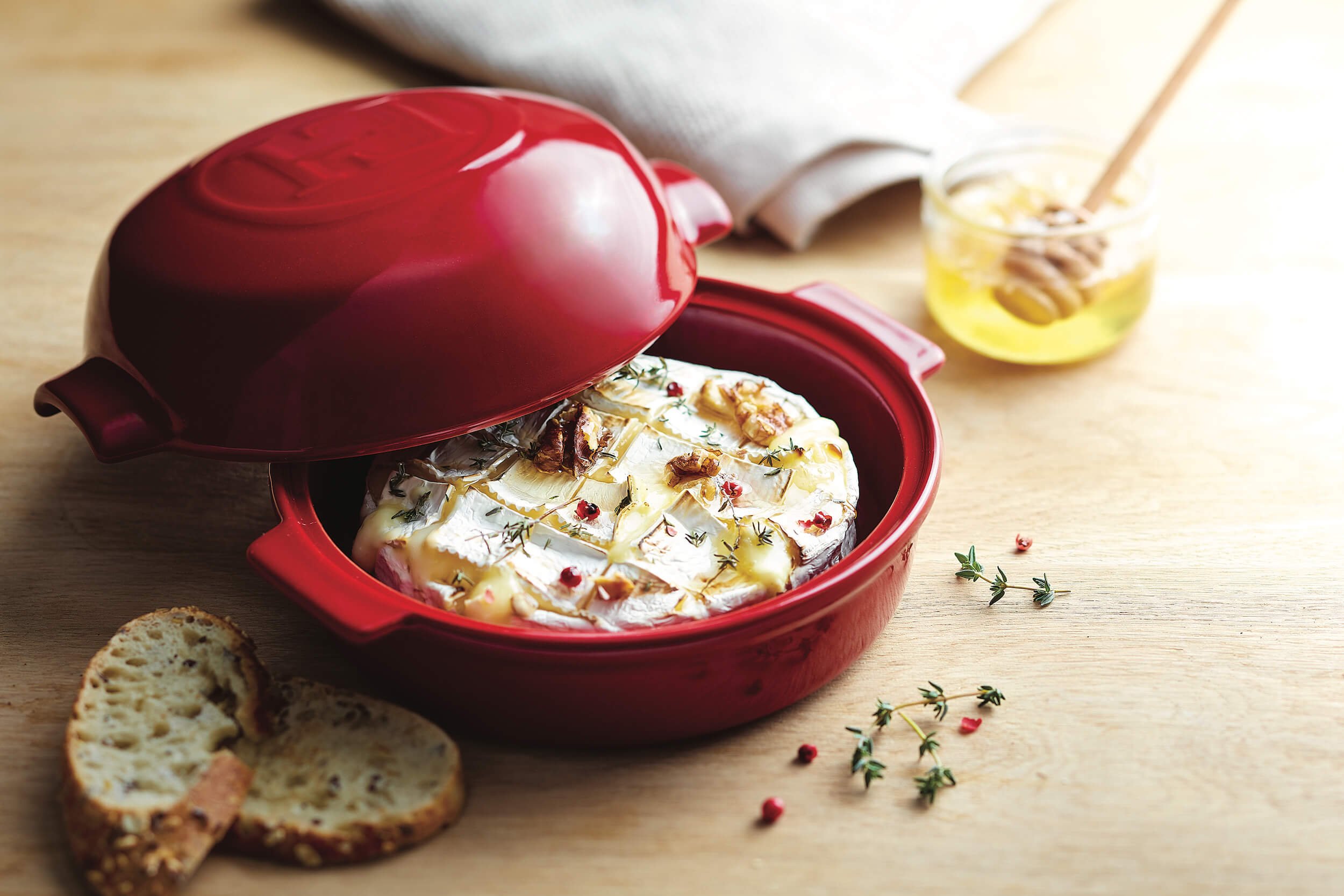My water isn't safe or doesn't taste good.
Fortunately there is a very good solution, even better than buying bottled water. Drink filtered water. There are many types and styles of water filters.
I recently got a chance to try the Aquasana Water Filter. After the initial set-up cost, which is $99.99 for a counter-top unit or $143.98 for an undersink installation, filtered water costs about 9.6 cents per gallon. Replacement cartridges last for 500 gallons and cost $48.00. The taste of the filtered water is markedly better than non-filtered water, not to mention more pure. How small is it? My countertop model is perched on a ledge which is only 3 inches wide.
The advantage of a countertop filter as opposed to a pitcher filter is the contaminant removal capability. Pitcher filters are generally very small and are only capable of removing limited contaminants at lower percentages. Faucet-mounted filters are larger, offering more surface area in the filter media, and are able to remove more contaminants to a higher degree. The start-up costs for pitcher filters are generally less, but the filters need to be replaced more often and the per gallon price is higher as a result.
Sink mounted water filter systems are too expensive.
Pitchers are cheap! If you prefer a pitcher style filter system, one of the more popular brands is Brita. The pitchers and faucet mount systems are very inexpensive to purchase. Once you’ve purchased a Brita system ($20-$30 for a reusable pitcher or faucet mounted system), the cost of filtered water is less than 23 cents per gallon if you’re using a pitcher, or 20 cents per gallon for a faucet-mounted system.
One Brita pitcher filter can effectively replace as many as 300 standard 16.9-ounce bottles. The average Brita pitcher filters 240 gallons of water a year for about 19 cents a day.To get the same amount of water from disposable water bottles would cost around $4.98 a day.
Head to the Filter for Good site and by signing a pledge to reduce bottled water and switch to filtered, you can get a coupon for $5 off a Brita system and $1 off a filter.
But in my household we want sparkling water!
No problem. You can get a seltzer machine to use at home.
My father uses one from Soda Club USA (which is not actually a club). The machine takes little space and costs under $100 (there is a fancier model that uses a glass bottle for $250) . After your initial purchase of a machine, seltzer and sparkling water in Soda-Club's reusable 1-liter PET bottle costs just 18 cents per liter. The water bottle does not use does not use polycarbonate materials or any materials that can produce phthalates or PCBs. You can also control the amount of carbonization to make your water as fizzy as you like.
I'm not polluting. I reuse my plastic water bottle.Not a good idea. Those disposable water bottles are not meant to be reused. They are hard to clean and keep sterile and they breakdown over time. What's the best reusable water bottle option? That's a tough call. Some people are concerned about the safety of Lexan or Nalgene plastic bottles. You may want to consider Sigg bottles from Switzerland which are safe, durable, economical, and come in an amazing number of colors and styles. Some are very fashionable!
Sigg bottles are aluminum, with a liner made with proprietary technology. They have been thoroughly tested both in Europe and in the USA to ensure 0.0% leaching, so there is no migration of either the liner or the container into the beverage. You can even review the test results online. These bottles are so popular that they had to stop selling the bottles online because they couldn't keep up with demand. Find a retailer here.
I hope these suggestions help encourage you to decrease your bottled water consumption.





